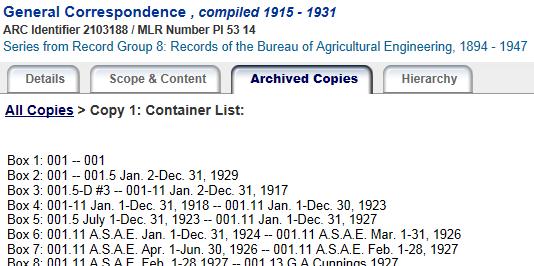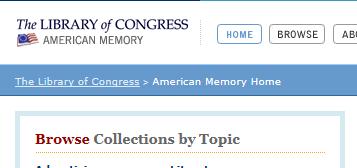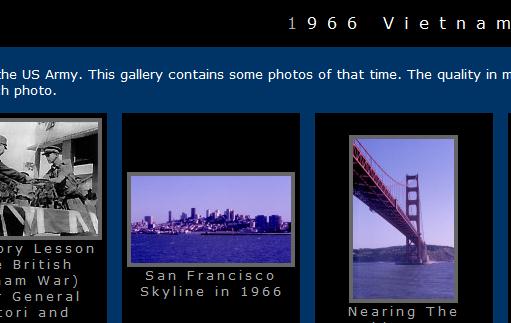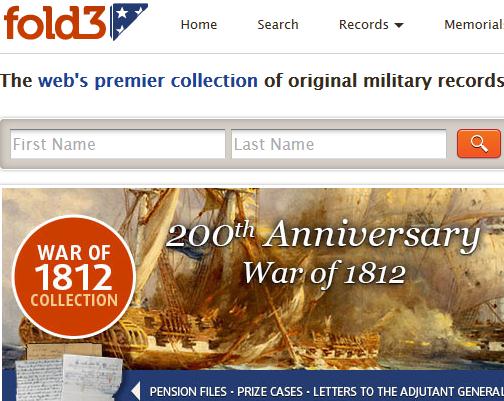
What is an archive?
An archive as "a place in which public records or historical documents are preserved" (Merriam-Webster). Archives contain archival materials, which "are information objects that serve as evidence of past events" (Peter Van Garderen, 2007).
Although some institutions might have more distinct meanings for the two terms, "special collections" is often at least related to, if not synonymous with, "archives."
Photo by The National Archives (United Kingdom) [CC-BY-3.0], via Wikimedia Commons
What can you find in an archive?
Whether in person or through online searching, researchers can locate many unique primary and secondary materials in an archive. For instance, many archives preserve and make assessible diaries, letters, photographs and other primary source documents. Archives sometimes contain extensive and "hard-to-find" secondary source collections. Examples might include specialized collections of research books and articles on specific topics. For instance, Thomason Special Collections (at Newton Gresham Library) contains a large special collection of research books and articles pertaining to the history of criminal justice. In addition, many archives house "vertical file" collections-- these are files of pamphlets and clippings on subject areas and are usually local in nature. For instance, an archive may maintain an vertical file on the local town government or on specific people and places that are important on a local, and not national, level.
Who can use material in an archive?
Archives are often available to any researcher; however, there are usually strict guidelines about exactly how collections may be accessed and used:
But how do I know if an archive has something on MY topic?
Archivists work diligently to create detailed descriptions of their collections, not only describing the items in the collection, but often also providing background history on highly relevant people, places, and events.
Archivists create tools called finding aids which describe the collection and contain an index of its contents. This may be a simple inventory of folders or a detailed list of items within the folders.
Here is an example of a simple container list from the National Archives; this briefly describes the contents of each box in "Records of the Bureau of Agricultural Engineering, 1894 - 1947 -- General Correspondence, compiled 1915 - 1931."

Here is an example of a more detailed style of item list; this one comes from the Houston Public Library (via TARO) and describes the "Nathaniel 'Bill' Barnes Collection." This provides a greater level of detail, such as who and what is pictured in each photograph.

Once you identify an archive which has collections that might be relevant to your topic, locate their finding aids and spend some quality time assessing the content descriptions to determine what they have and how it might be relevant to your project.
Depending on the archive, finding aids might not be provided online, but it is becoming more common, to the great benefit of researchers. When digging through an archive's website in search of finding aids, keep an eye out also for closely related terms like inventory or collection description. They may also simply present a "catalog" for you to search; an archive's catalog will usually search its finding aids and (if applicable) any digital items they have.
Just because an item is in an archive--even a digital one--copyright concerns and professional courtesy still apply. You should always cite the archive in your research paper or other intellectual work.
You should also ASK before republishing something found in an archive. You may need to obtain permission to reprint/republish the material.
What is a digital archive?
A digital archive is similar in purpose to a physical archive, but the historical documents and objects that provide evidence of the past have been digitized (often by scanning or photography, unless a document was created digitally in the first place) and made available online.
Digital archives are usually created with a goal of preserving historical objects and making them available to researchers.
Being asked to find a "digital archive" is much more specific than just being asked to find a "website."
Who creates digital archives, and are they always free?
Many digital archives fall into one of three unofficial "groups":



Newton Gresham Library | (936) 294-1614 | (866) NGL-INFO | Ask a Question | Share a Suggestion
Sam Houston State University | Huntsville, Texas 77341 | (936) 294-1111 | (866) BEARKAT
© Copyright Sam Houston State University | All rights reserved. | A Member of The Texas State University System